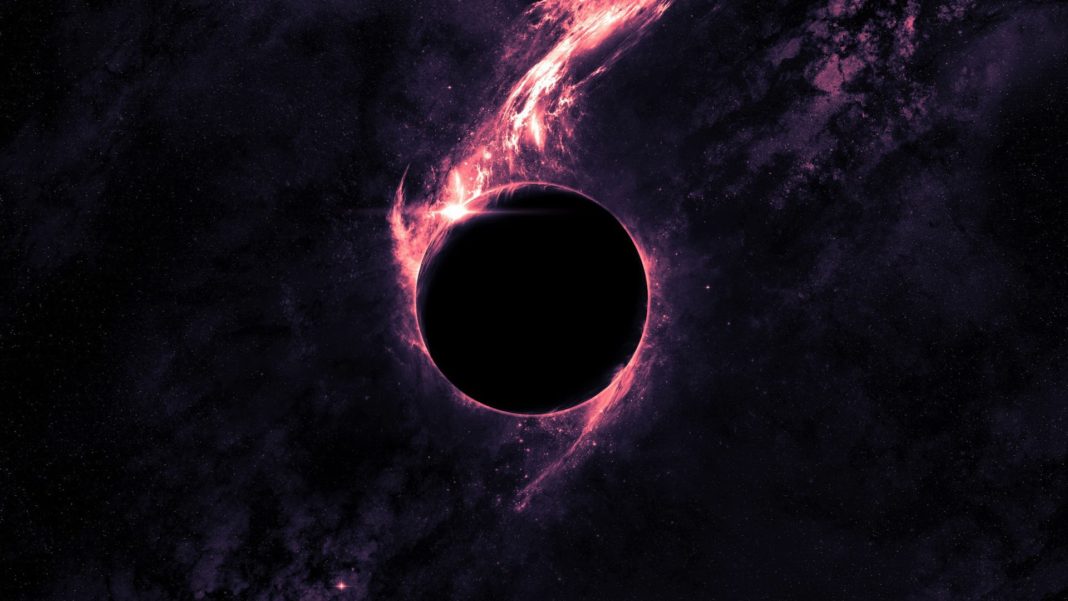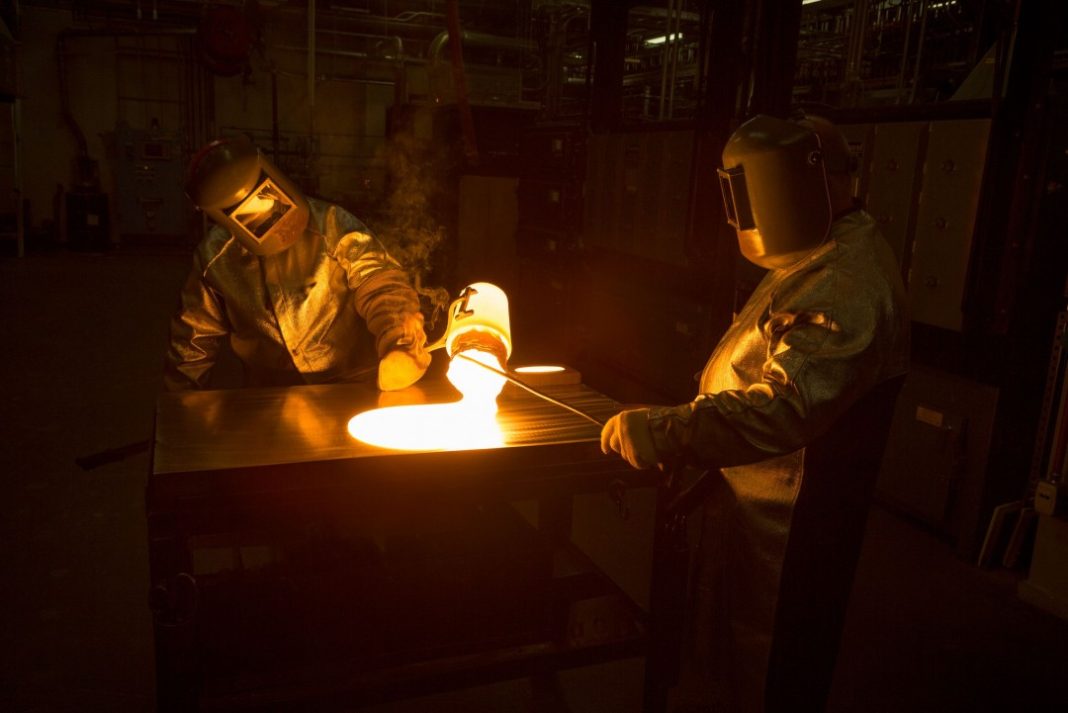It’s a very tricky paradox to test, and one that has been bugging scientists for a very long time. With black holes having a mass so concentrated that anything coming near is swallowed up, studying these phenomena has never been easy. However now, scientists have discovered a way they can do this, and that’s by accelerating a negatively charged electron wave through a cloud of plasma.
During the 1970’s, Stephen Hawking proposed that black holes could potentially evaporate over time. But, how can something so big just disappear? Where does it go? One answer to this may be found in the radiation that appears when paired virtual particles come into existence once they touch on the event horizon. Normally they would cancel out one another, but with this so-called Hawking radiation, one of the particles falls into the deep, dark depths of the black hole while the other floats off into the Universe somewhere.
According to physics and the string theory, these two particles still share a connection, even though they are separated by space and time through the phenomenon of entanglement. To demonstrate this theory, Pisin Chen from the National Taiwan University and Gerard Mourou from Ecole Polytechnique, France suggest a high-tech method that replicates what would happen with a real black hole. They suggest that as a pair of particles comes into existence, one would reflect from an accelerating mirror while the other was trapped at the edge of the black hole. As soon as the mirror stopped moving, the trapped particle would be released. Chen and Mourou decided that the mirror should be made by pulsing an X-ray laser through ionized gas in a plasma wakefield accelerator. It would serve nicely as a mirror due to the pulse leaving a trail of negatively charged electrons. If you were to alter the density of the plasma, the mirror would accelerate away from the pulsing laser.
But, as neat as this all sounds, and even though it could potentially be built using existing technology, it’s still in its early developmental stage, so it’s highly unlikely we’ll be seeing it anytime soon. And, even with the most trusted methods, entanglement is hard to measure, so if it never does materialize in our lifetime, at least we know they tried.
Related Links;
- What Is a Black Hole? / NASA
- Synopsis: Plasma Mirror Mimics Evaporating Black Hole / Physics.aps.org
More News To Read











